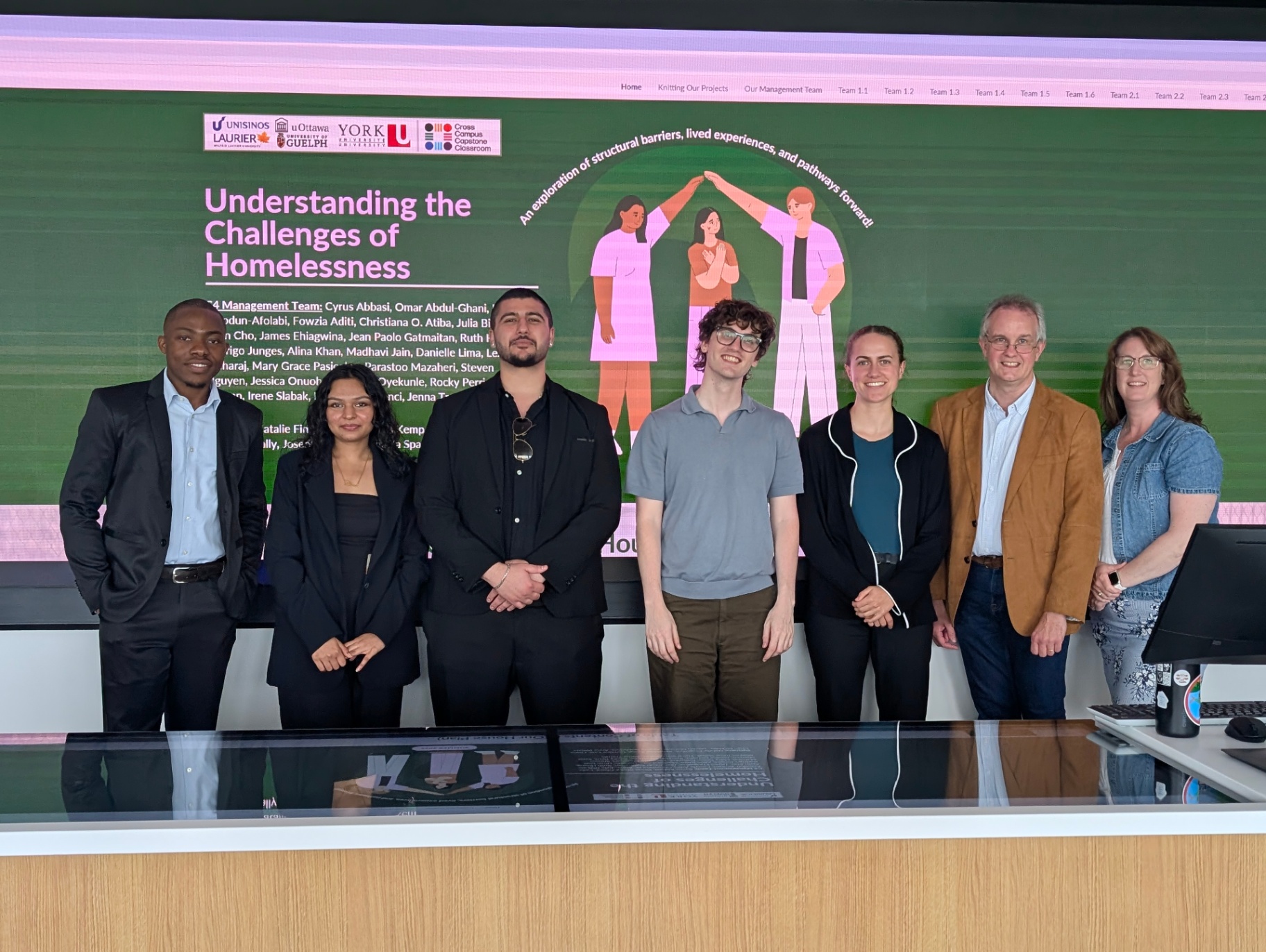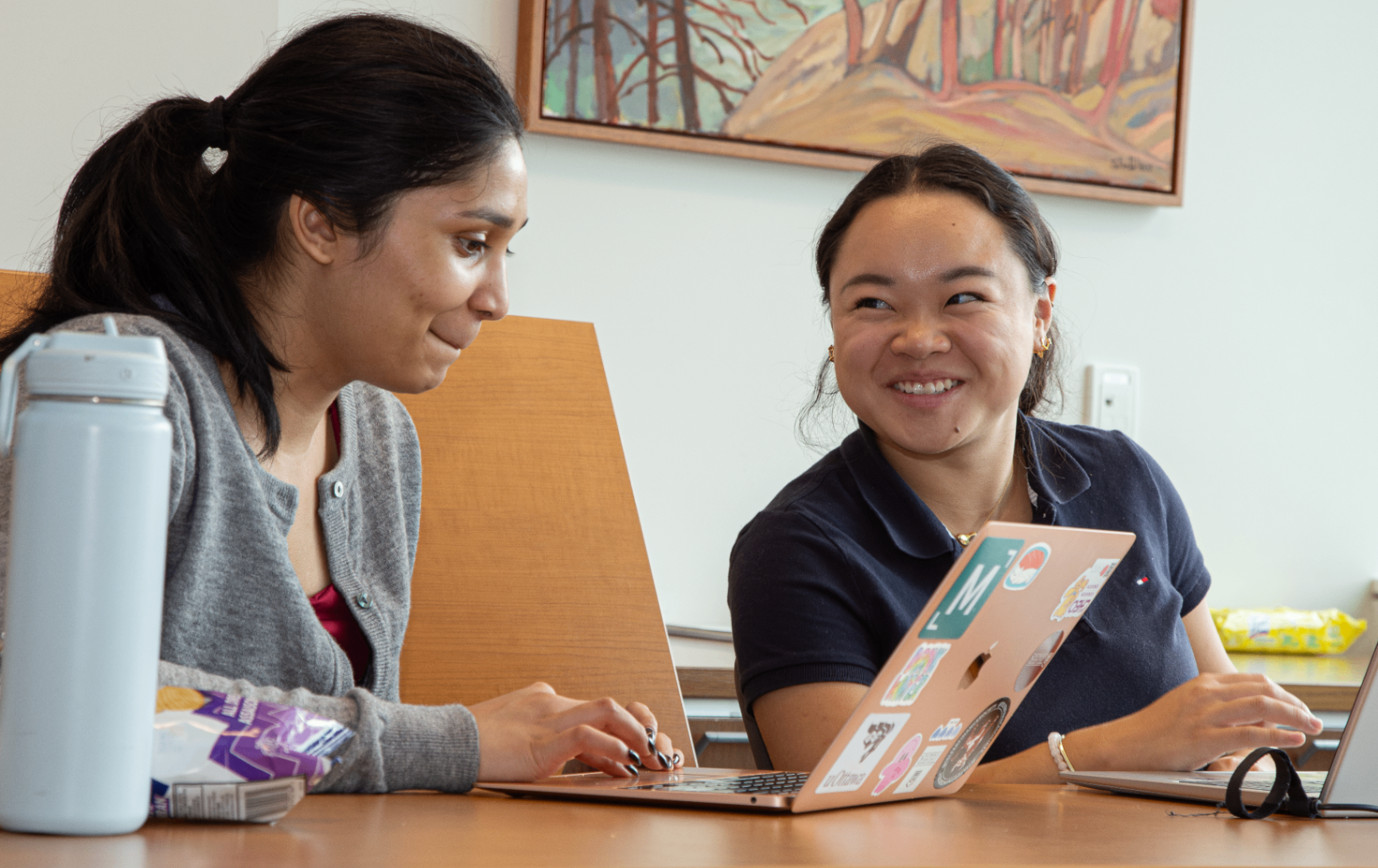
The hum began on the weekend of October 26 to 28 2025.
Laptops flickered awake; reusable coffee cups clinked, and post-it notes fluttered across whiteboards. In one corner, a biology student was explaining soil regeneration to a finance major. In another, a data analyst was sketching a tomato with glasses.
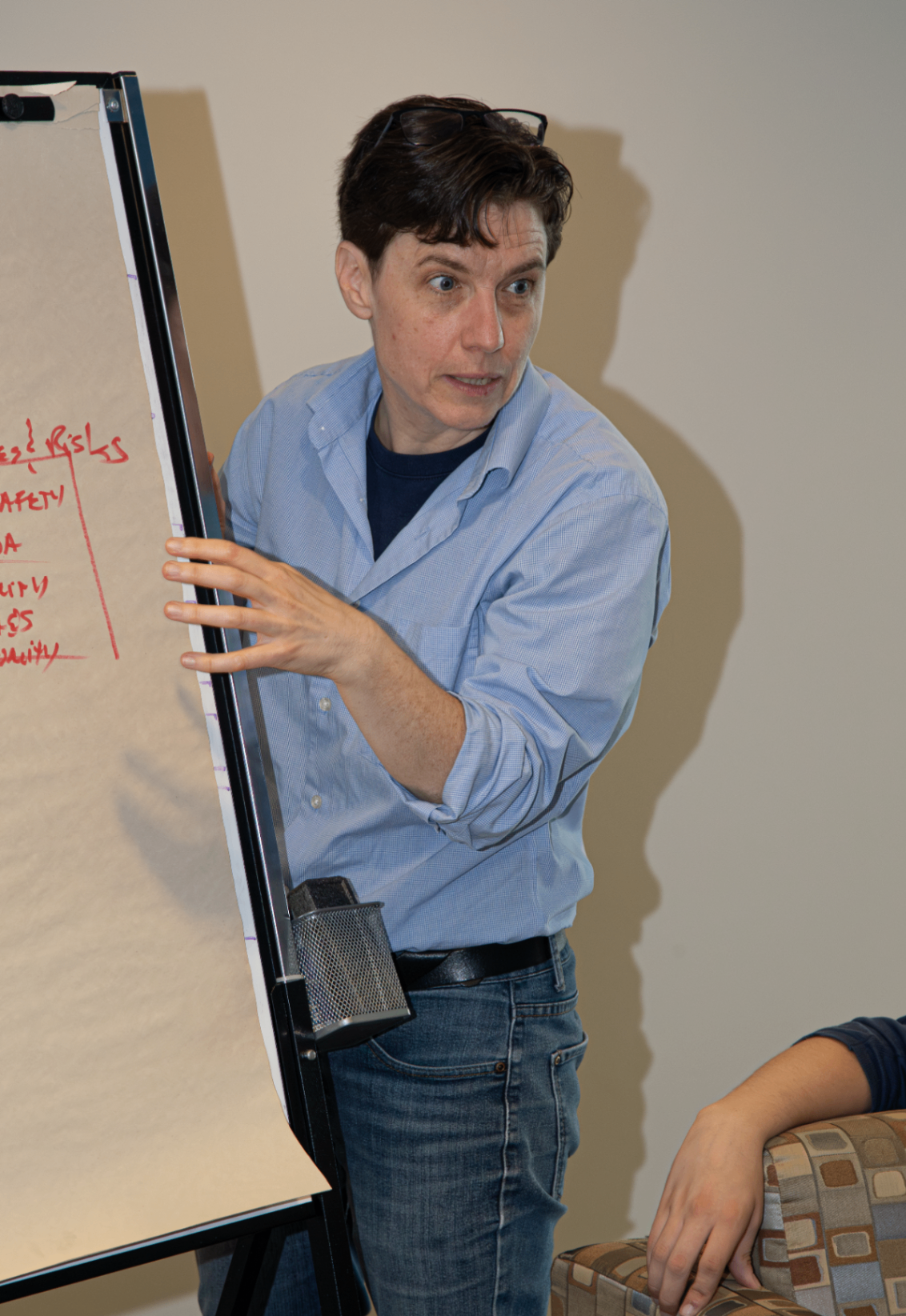
By the time the morning light spilled through the windows of the Desmarais building, something rare had taken root, not rivalry, but rhythm. This was Telfer’s first Innovation Sprint, a pilot organized by The Green Academy and supported by CEWIL Canada through its iHub funding. The theme, Sustainable Food Systems, asked teams to imagine bold, practical ways to rethink how food is produced, distributed, and shared.
Professor Sandra Schillo envisioned this pilot Sprint as something slightly different than a race for ideas, designed to bring teams together. She reminded students that in the real world, Food security and Food sustainability doesn’t stumble on creativity; it stumbles on connection.
“The problem,” she said, “Is distribution. Brilliant ideas fail every day because people aren’t collaborating enough.”
A Laboratory for Ideas
Over three days, interdisciplinary teams, from business, science, social sciences, arts and engineering came together to reimagine the way food travels from soil to shelf. The energy was kinetic. Students learned from each other’s expertise, borrowed each other’s language, and found common ground where none existed before.
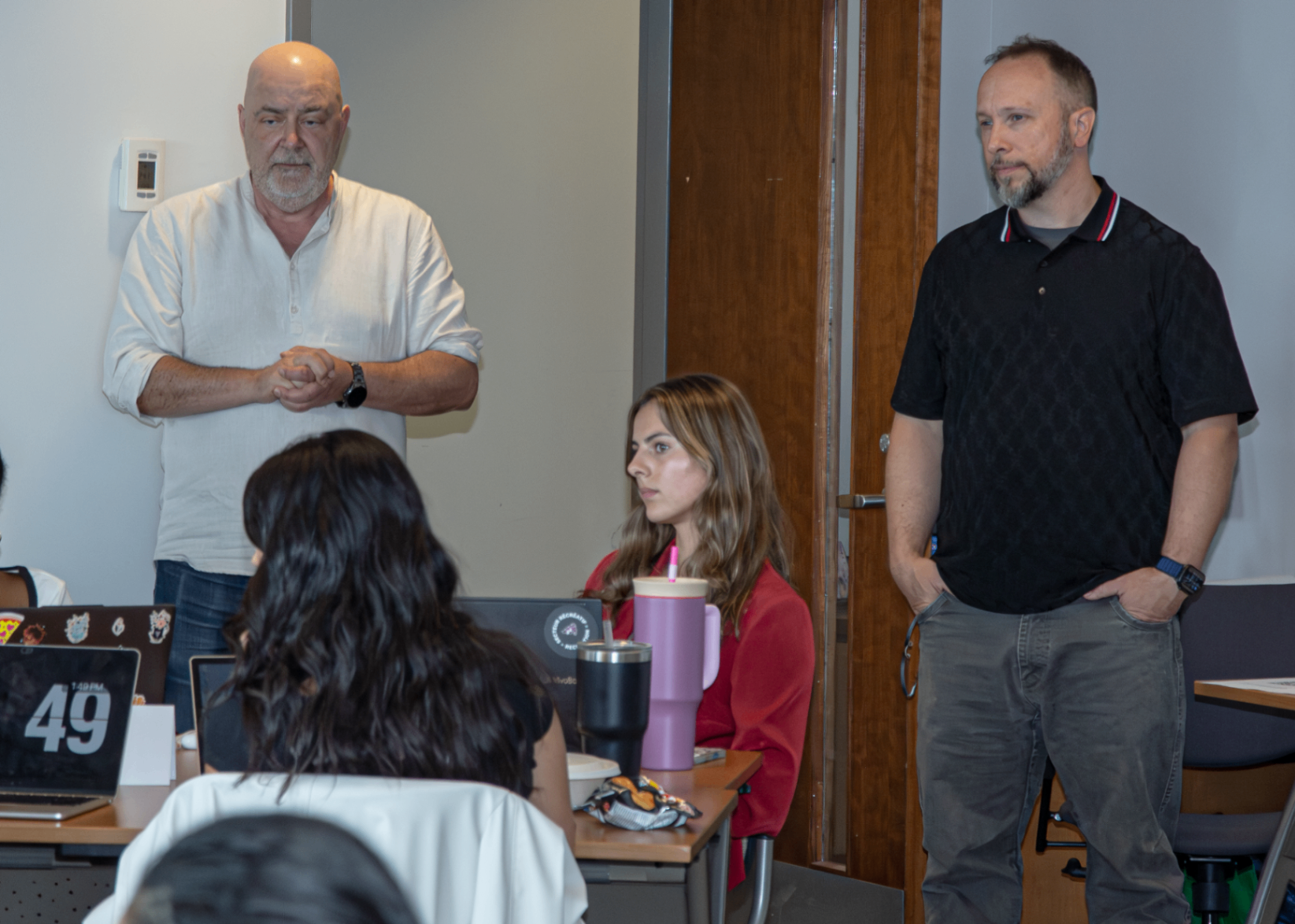
The Conseil de la transformation alimentaire du Québec (CTAQ)’s CEO Sylvie Cloutier shared how the food sector is evolving, and how complex systems, from supply chains to distribution, depend on cooperation.
Adding a technological dimension to the Sprint, Alan McCafferty, Program Director and Technical & Commercial Lead at the University of Ottawa, joined forces with Mark Hearn, Senior Consultant at The Strategic Consulting Group, and Kevin Conroy, Strategic Cybersecurity Consultant and Instructor at uOttawa’s Professional Development Institute.
Together, they introduced participants to advanced systems-thinking tools such as Inforapid KnowledgeBase Builder, Gephi, and yEd - graph editor helping students visualize the invisible threads between data, decisions, and distribution.
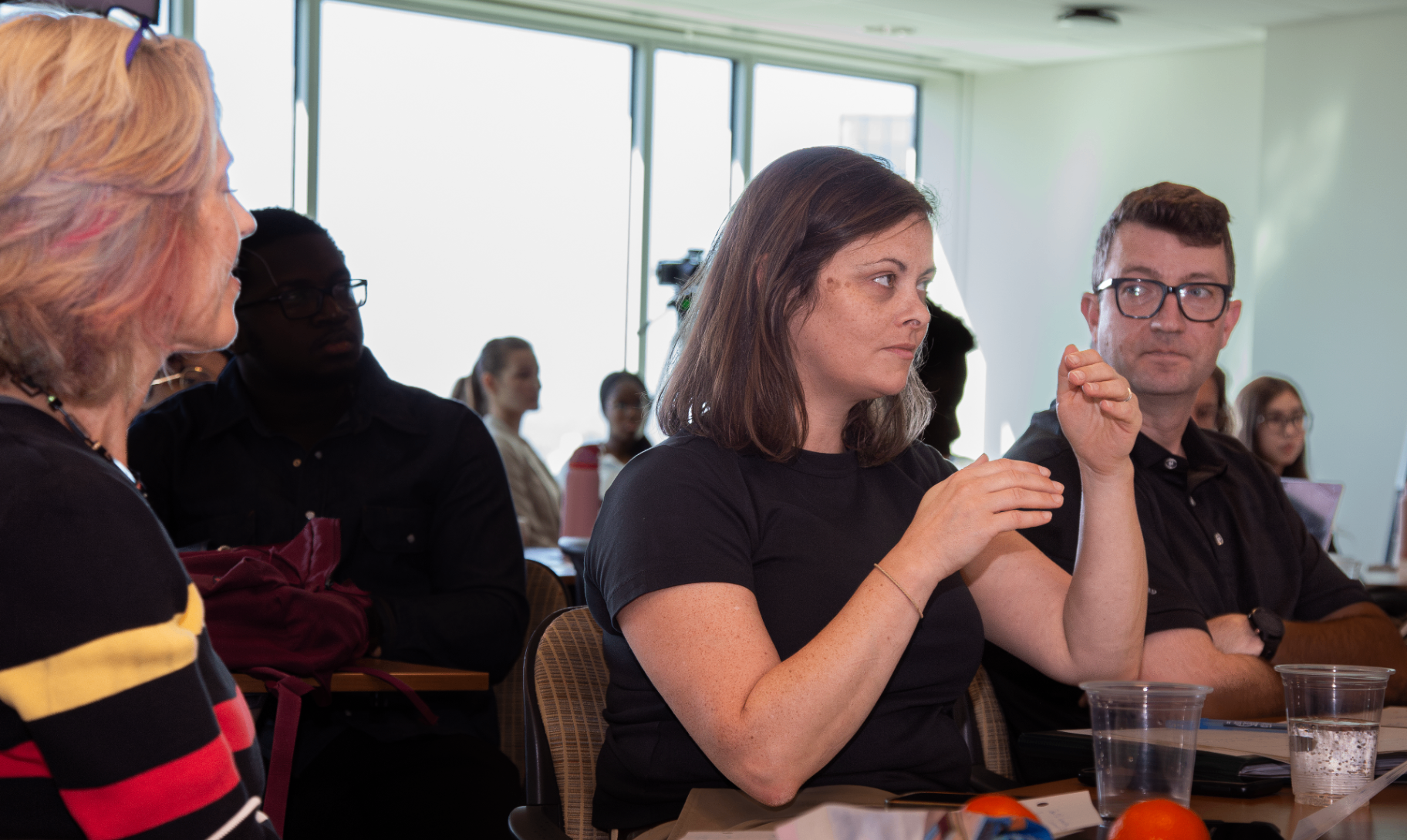
The final day brought a thoughtful panel of judges whose perspectives bridged academia, governance, and industry. Sylvie Plante, part-time professor at Saint-Paul University, Roy Wilds, Principal Data Scientist at Roy Wilds Consulting, and Rhonda Moore, Executive Director at the Institute of Governance, guided the teams through a rigorous yet encouraging evaluation process. Their insights challenged students to see beyond prototypes and think about long-term impact.
Nine Teams. Nine Seeds of Change.
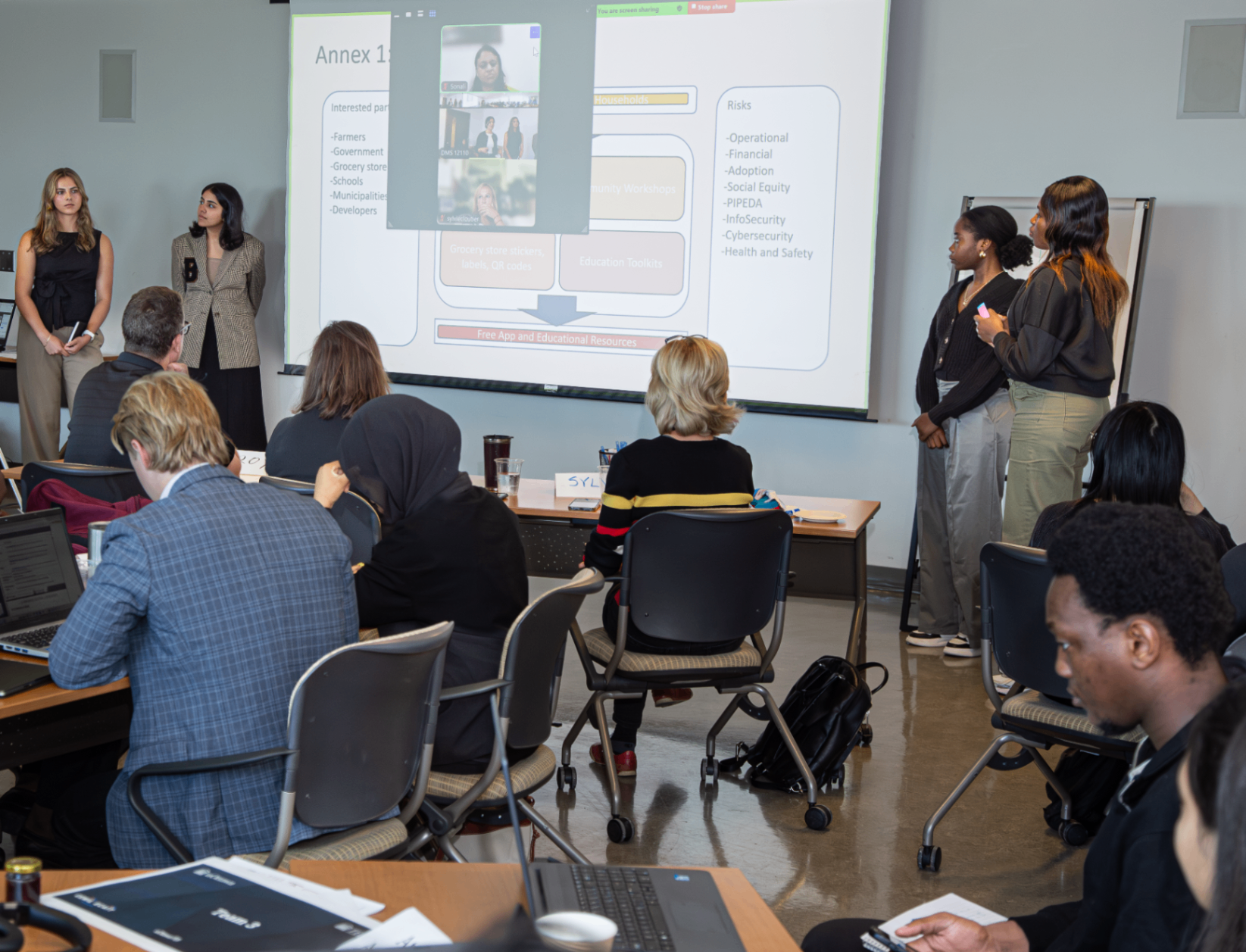
Over the weekend, nine interdisciplinary teams planted nine very different seeds of change. The projects spanned a wide spectrum, from data-driven platforms and regenerative gardening models to campaigns reframing how we see imperfection in our produce.
Together, they revealed that sustainability thrives where creativity meets connection. Among these diverse ideas, a few examples captured the spirit of what collaboration can achieve.
HappyBee
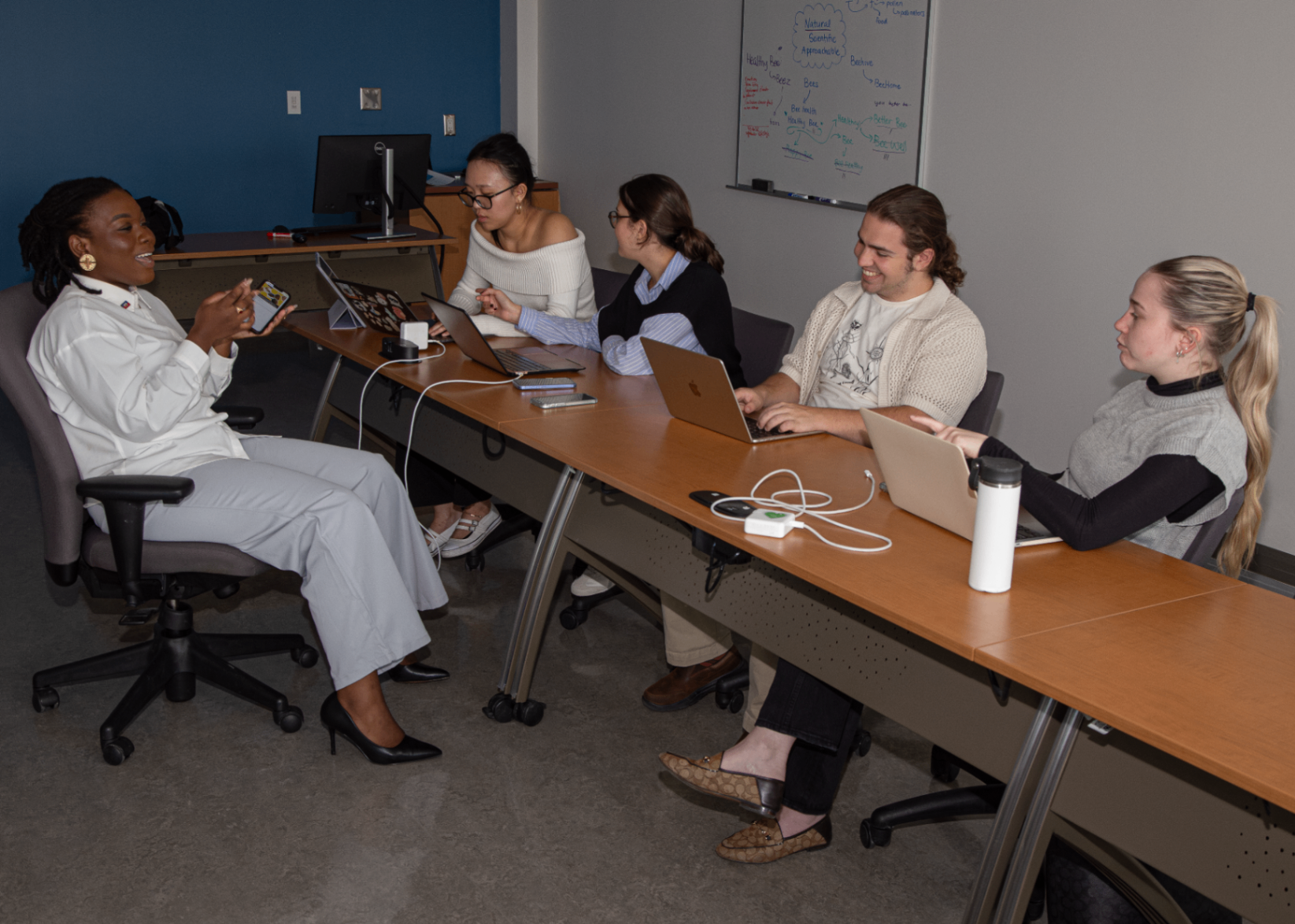
Blending biomedical science, environmental awareness, and business insight, HappyBee set out to protect pollinators. Their concept revolved around developing natural compounds and community gardens that safeguard bee populations while engaging citizens through honey-based social enterprises. It was a reminder that sustainability often starts with the smallest life forms and the networks they sustain.
ShelfLife
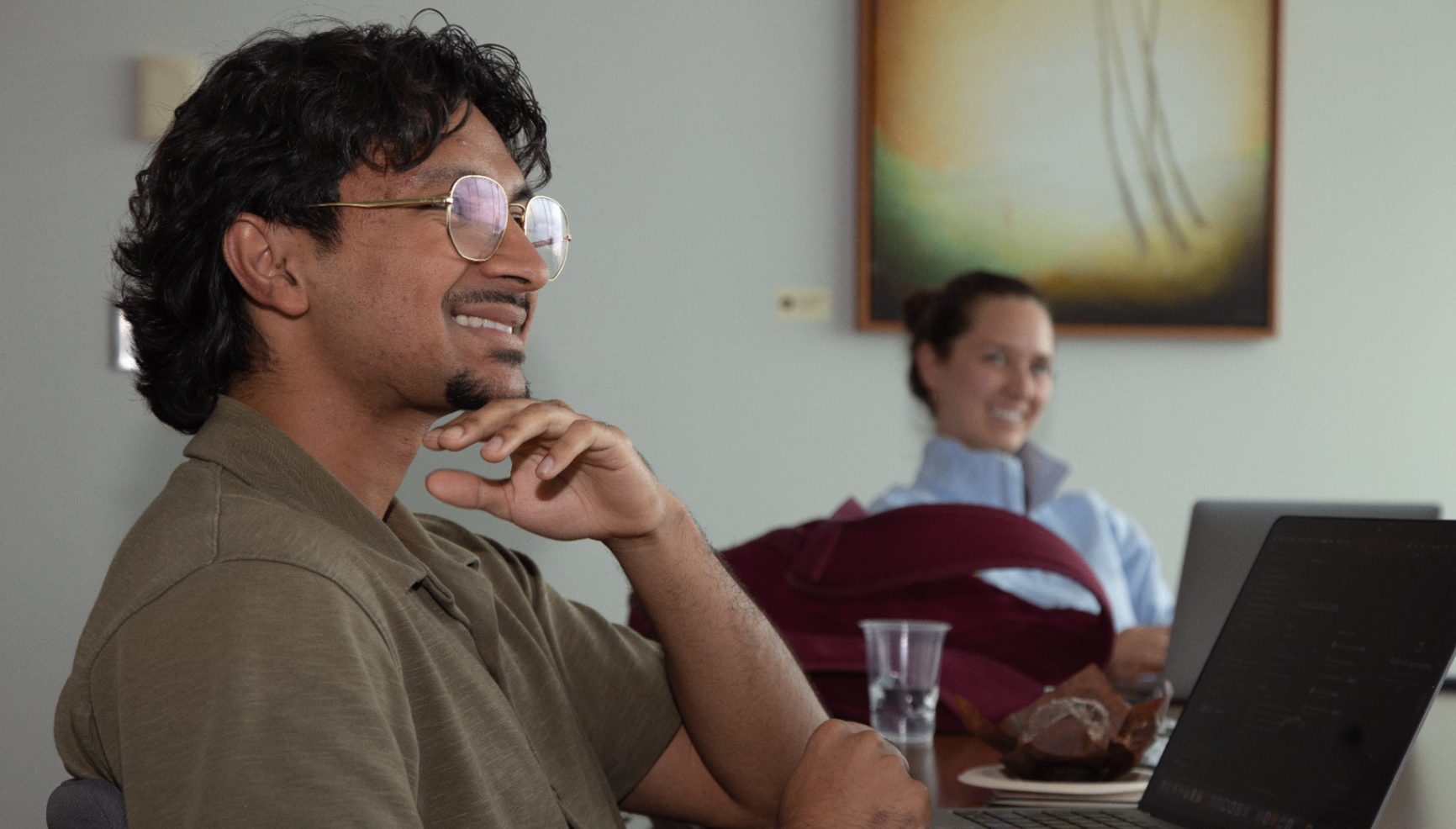
In a single weekend, the ShelfLife team designed an intuitive digital app to help households track expiry dates and cut down on food waste. Their prototype was fast, functional, and quietly transformative: a glimpse of how simple design can help shift everyday habits toward more mindful consumption.
NeighbourFood
Rooted in empathy, NeighbourFood imagined a local sharing network where neighbours could post surplus food for others nearby. Their platform tackled two challenges at once, food insecurity and social isolation, proving that sometimes innovation is simply a modern way of rediscovering the community.
You can explore all the projects and their digital portfolios here: Sustainable Food Systems Sprint Showcase.
The Real Prize: Shared Discoveries

When the Sprint ended, no one talked about first place. They talked about each other, about how it felt to solve problems with people who thought differently, studied differently, and saw differently. For many, it was the first time working with students outside their own program or degree. What they discovered was more than knowledge; it was perspective. And in that mosaic of viewpoints, something rare grew understanding.
Supported by CEWIL and powered by The Green Academy’s vision of inclusion and innovation, this first Sprint proved that innovation flourishes through diversity. The real breakthrough wasn’t a single idea, but a shared way of thinking, one that begins in the spaces between disciplines, perspectives, and people. It’s in those spaces where we learn from one another, and everyone has a seat at the table that growth becomes collective and lasting.


This article was written by Takwa Youssef, coordinator of Telfer's Green Academy.
As coordinator of the Green Academy, Takwa plays a key role in supporting the delivery of the academy's interdisciplinary programs. She oversees logistics, event coordination, and resource management, ensuring the successful execution of courses, workshops, training, and research. Takwa bridges faculties, services, and external partners, cultivating collaboration that enriches the program’s impact. She manages communication, finances and administration, while also driving the Academy’s long-term vision by strengthening connections across disciplines and


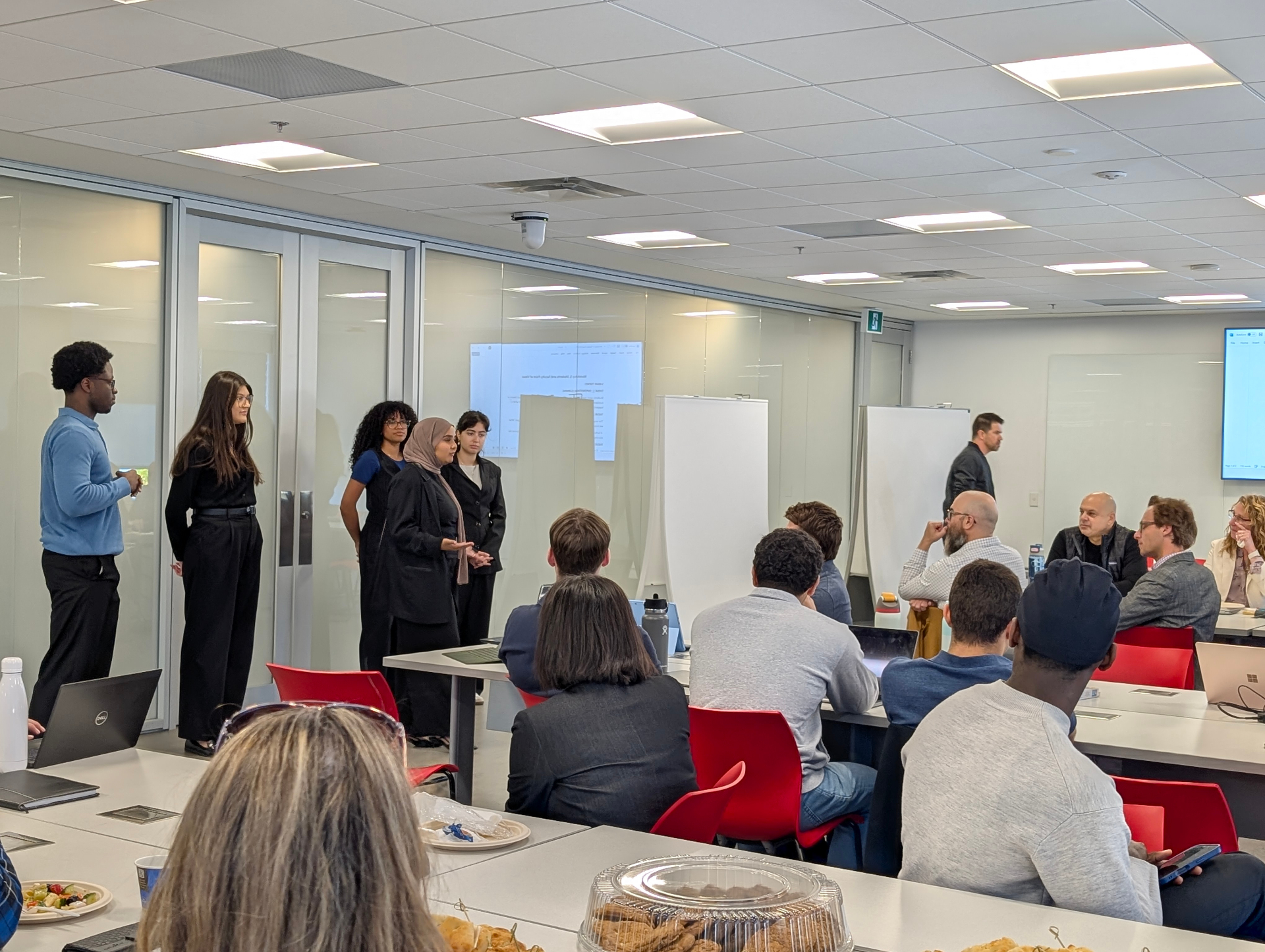
.jpg)
